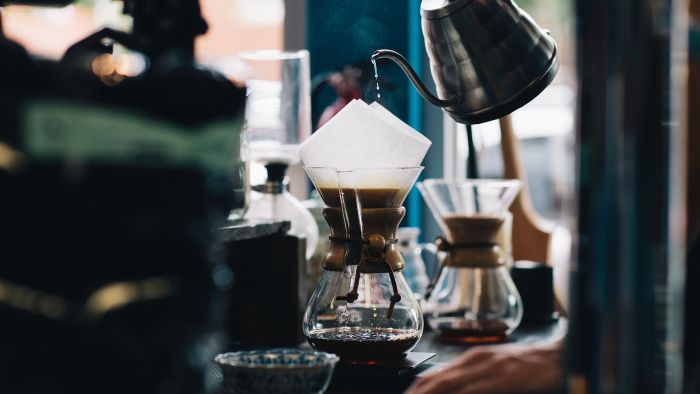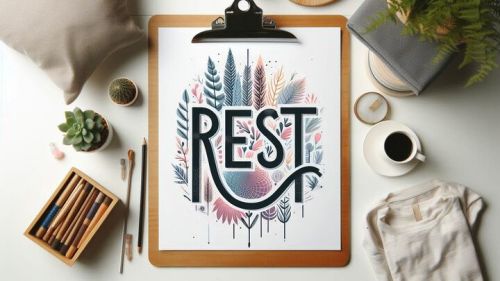Since high school I have loved coffee. I love the smell. I love the taste. I love the culture of coffee. I’ve become a snob. So much so that I will pay way too much money for good coffee, and will deprive myself of, even in dire situations, any sub-par coffee. My affinity shapes what I want and informs what I don’t want.
As bold as it may sound, my coffee snobbery has made me a better Christian. Well, at least a more informed one. Let me explain.
Single Origin
My coffee journey began at a humble place: stealing coffee from the staff coffee pot during high school. The dark, gritty fluid peaked my palate and stimulated my studies. The foray turned into a fascination.
As college came so did the faux masculinity which accompanied most college males. I didn’t just want coffee, I want enough coffee to wake the dead. I wanted it dark. Darker. Think implosion-of-a-star level dark. Cream and sugar? No thanks, but I’ll take an extra scoop of bitter if you have it.
Then came the wave of small-batch, craft-roasted coffee beans. Good coffee, turns out, was dependent upon good beans. So there I was, an above average coffee drinker with the ability to discern basic flavors like: dark, bitter, light, and weak.
But then I was invited to a “coffee cupping.” This is an event put on by local roasters to showcase their beans. It is a full sensory experience. It starts out with a cup of dry, freshly ground beans. The Roaster then tells you to sniff it and write down any observations you had: smells like coffee flavored dirt. Then they poured hot water on the grinds. Again we were asked to smell and make notes: smells a little more like coffee, but still dirt-like. We then waited as they explained the origins and processing of the beans.
At this point I felt good about things. I was content in my ever elevating sophistication. Not only was I already a budding bean aficionado, but now I was going to kill whatever this cupping set out to accomplish. My pride would quickly collapse.
The Tasting Room
The Roaster instructed us to scrape back the layer of grind on the top of our cup and begin to sip the coffee, quickly spitting it out into a cup. Once more we were told to make detailed observations of taste as we processed through the six different cups, each made with a different type of bean: This one is definitely darker, this one is lighter, this one tastes like a rancid leather boot.
Thinking I had nailed this drill, I sat confidently as the Roaster made his rounds (he wasn’t too pleased with the leather boot analogy). He asked me to list some more attributes of the coffee, I had only filled two to three lines of the twenty-ish the paper provided. So I sat and tasted, but nothing…I was just finding new ways to communicate my current notes. In many ways this moment was frustrating and humbling.
The Roaster then handed me a flavor wheel. This wheel listed flavors rotating from the center with more and more detailed descriptions. Sure I could say it was dark, but what kind of dark? Did it taste burnt? Did it taste like tobacco? Was it ashy? What about the feel of it in your mouth? Did if feel thick, heavy, gritty? Light? Watery? Clean?
As I was presented with this tool, my coffee experience changed instantly. One cup I had written up as “sour”, but then I tasted hints of citrus (who thinks of oranges when drinking coffee!), it actually had lemony taste. Another cup (one previously listed as dark), became rich, with tastes of caramel and malt. A third having notes of lavender and honey.
The descriptions given on this card revolutionized my capacity to enjoy my cup of coffee. In one sense it became an academic exercise, trying to study and learn what the card was saying about the coffee. But it quickly gave way to a full experience. Instead of tasting four broad categories, I was learning to see and recognize and endless amount of subtle distinctions in each brew. But here is the kicker: it was the same beans in the same cup.
Same coffee, different experience. Same beans, new pleasure. What changed wasn’t the coffee. What changed was me. I was able to have a better experience because I had a better understanding of what was already present.
Seeing and Tasting the Gospel
This same experience is available to us in the gospel. It is easy, and often casual to describe the gospel as God’s love, grace and mercy in Jesus Christ. And all of these are true! Praise God for that. This is a wonderful entry point into the Christian life, but God has hidden so much more pleasure in his gospel. Our inability to experience the joy of the gospel is often tied to our lack of desire to understand the rich, subtle nuances already present in Jesus. We just need a little help to see this.
The coffee story works well with this spiritual application because God has designed our food experience to relate to our gospel experience: “Oh taste and see that the Lord is good” (Psalm 34:8), “Your words were found, and I ate them, and they became to me my joy and delight!” (Jeremiah 15:16). To help us with this experience God has given us a flavor wheel for our own assistance: his word.
Christians readily acknowledge we were sinful, but describe that sin. What does it taste like in God’s word? Our sin made us worthless (Romans 3:12), hostile (Colossians 1:21), hateful (Titus 3:3), objects of God’s wrath (Ephesians 2:3), evildoers (Ephesians 2:2), idolaters (Ephesians 5:5) and murderers (Matthew 15:19). Same sin, new experience of mercy.
Yes, God loves us through Jesus! But what do you taste in that love? God loved us before the foundations of the world (Ephesians 1:4), God loved us when we were his enemy (Romans 5:8), Jesus’ sacrifice enables us to be sons and daughters of God (Romans 8:15-17), it ransoms us from evil ways (1 Peter 1:18), it makes us new creations (2 Corinthians 5:17), it gives us power over sin (2 Timothy 4:18), and it endures us to the end (Philippians 1:6)! Same gospel, new pleasure in the cross of Christ.
Learning to mine the depths of my cup of coffee for the richness of flavor has given me greater joy in my drinking, and it has also weaned me from lesser joys. How much more when we learn to examine the flavors of God’s salvation provided for us in scripture! When we see the deep complexity of Jesus’ work on the cross we have a greater joy knowing Jesus drank the cup of God’s wrath we could have never endured. Seeing the darkness of our own sin highlights the sweet contrast of God’s grace to a fallen world. Not only does this experience increase our gospel affection, but the more we know the distinct flavors of the gospel, the easier we are able to describe them to others. Even others who are different than us.
To some such language might seem to cloud our understanding of the simplicity of the gospel. The gospel is indeed simple, but it is infinite. So let us take up and read carefully and diligently, so that we might see and taste the beauty of Jesus in the gospel.
“Oh, the depth of the riches and wisdom and knowledge of God! How unsearchable are his judgments and how inscrutable his ways!” Romans 11:33




